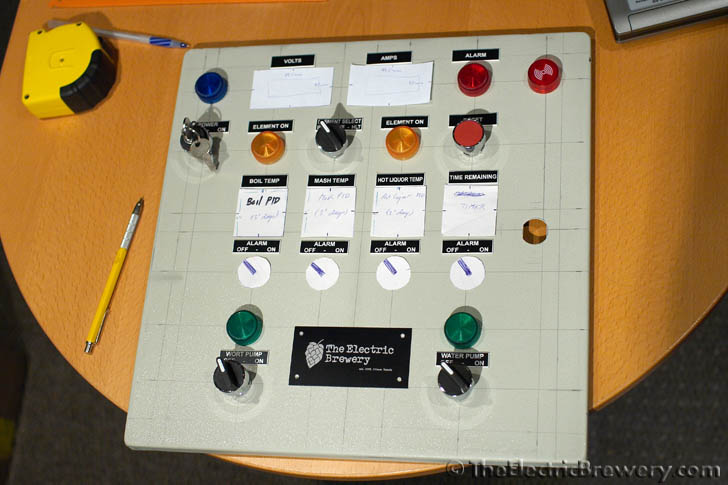kingbrew said:do you think you needed the 10" deep enclosure or could you have gotten away with 6 or 8 inches deep?
A lot of people use 8" deep enclosures with no problem. Some people have used 6" but you really have to plan out where you put stuff on the back plate so they don't hit the switches, pids, etc. I went 8" and wouldn't go smaller



 just got around to listening to the BN podcast in which you were a guest, Kal. Thought you did very well for how many times you were interrupted!
just got around to listening to the BN podcast in which you were a guest, Kal. Thought you did very well for how many times you were interrupted! 



























![Craft A Brew - Safale S-04 Dry Yeast - Fermentis - English Ale Dry Yeast - For English and American Ales and Hard Apple Ciders - Ingredients for Home Brewing - Beer Making Supplies - [1 Pack]](https://m.media-amazon.com/images/I/41fVGNh6JfL._SL500_.jpg)




























